Text

Russian Blue Cat At The Philae Temple in Aswan, Egypt.
Photo by Mathew Cromer.
#photography#architecture#animals#cute animals#egypt#ancient egypt#upper egypt#aswan governorate#aswan#philae temple complex#cats#russian blue
1K notes
·
View notes
Text
Caesar's Comet was known to ancient writers as the Sidus Iulium ("Julian Star") or Caesaris astrum ("Star of Julius Caesar"). The bright, daylight-visible comet appeared suddenly during the festival known as the Ludi Victoriae Caesaris—for which the 44 BC iteration was long considered to have been held in the month of September (a conclusion drawn by Edmund Halley). The dating has recently been revised to a July occurrence in the same year, some four months after the assassination of Julius Caesar, as well as Caesar's own birth month. According to Suetonius, as celebrations were getting underway, "a comet shone for seven successive days, rising about the eleventh hour, and was believed to be the soul of Caesar."[12]
The Comet became a powerful symbol in the political propaganda that launched the career of Caesar's great-nephew (and adoptive son) Augustus. The Temple of Divus Iulius (Temple of the Deified Julius) was built (42 BC) and dedicated (29 BC) by Augustus for purposes of fostering a "cult of the comet". (It was also known as the "Temple of the Comet Star".[13]) At the back of the temple a huge image of Caesar was erected and, according to Ovid, a flaming comet was affixed to its forehead:
To make that soul a star that burns forever Above the Forum and the gates of Rome.[14]
Tracing the coinage from 44 BC through the developing rule of Augustus reveals the changing relationship of Julius Caesar to the Sidus Iulium. Robert Gurval notes that the shifting status of Caesar's Comet in the coinage follows a definite pattern. Representations of the deified Julius Caesar as a star appeared relatively quickly, occurring within several years of his death. About twenty years passed, however, before the star completed its transformation into a comet.[15] Starting in 44 BC, a money maker named P. Sepullius Macer created coins with the front displaying Julius Caesar crowned with a wreath and a star behind his head. On the back, Venus, the patron goddess of the Julian family, holds a starred scepter. Gurval maintains that this coin was minted about the time of Caesar's assassination and thus probably would not have originally referred to his deification. As it circulated, however, it would have brought that idea to mind because of Caesar's new cult.[15] Kenneth Scott's older work The Sidus Iulium and the Apotheosis of Caesar contests this by assuming that the comet did indeed spark this series because of similarity to other coins he produced.[16] A series of Roman aurei and denarii minted after this cult began show Mark Antony and a star, which most likely represents his position as Caesar's priest.[15] In later coins likely originating near the end of Octavian's war with Sextus Pompey, the star supplants Caesar's name and face entirely, clearly representing his divinity.[15]
One of the clearest and earliest correlations of Caesar to a comet occurred during the Secular Games of 17 BC when money maker M. Sanquinius fashioned coins whose reverse sports a comet over the head of a wreathed man whom classicists and numismatists speculate is either a youthful Caesar, the Genius of the Secular Games, the Julian family, or Aeneas' son Iulus. These coins strengthened the link between Julius Caesar and Augustus since Augustus associated himself with the Julians. Another set of Spanish coins displays an eight-rayed comet with the words DIVVS IVLIVS,[15] meaning Divine Julius.

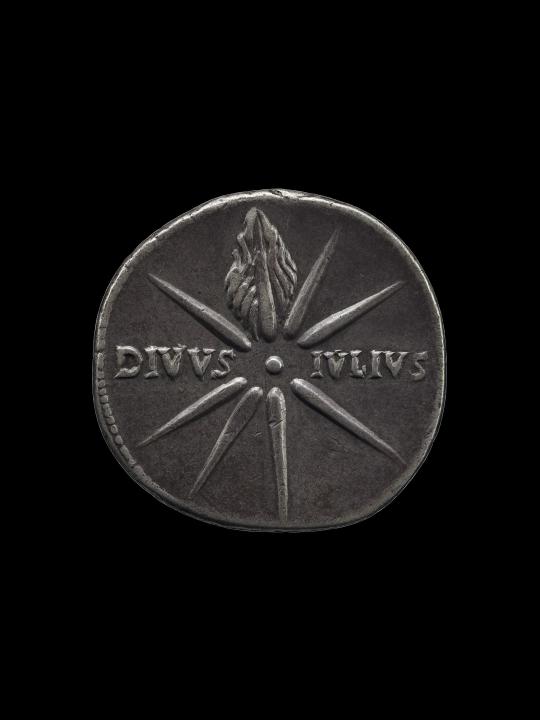
Denarius with head of Augustus wearing oak wreath (obverse) and comet with eight rays and inscription Divus Julius (reverse)
Roman (possibly minted at Caesaraugusta, modern Zaragoza in Spain), Imperial Period, 19-18 B.C.
silver
British Museum
#history#classics#numismatics#coins#astronomy#roman mythology#assassination of julius caesar#ludi victoriae caesaris#secular games#ancient rome#roman republic#roman kingdom#italy#lazio#rome#temple of caesar#julius caesar#edmond halley#augustus#ovid#publius sepullius macer#mark antony#sextus pompey#m. sanquinius#ascanius#denarius#comets#caesar's comet#julius caesar ref
230 notes
·
View notes
Text

Olmec colossal head exhibited at the Hotel Nacional, Havana, 1974. From the Budapest Municipal Photography Company archive.
2K notes
·
View notes
Photo
Oil painting on linen 12" x16"/ 30 cm. x 40 cm.
Finalist, Salon international 2012/2013, Art Renewal Center USA. june 2012- Finalist, Canadian Brushstroke Magazine, competition #15, issue #31 , may- My victorian home in the countryside is illuminated with sun. All the doors inside have glass handles. I was fascinated one day by the way the sunlight was shining through one of them. I liked the prism effect, creating beautiful sparkling beams on the door.

Hélène Béland (Canadian,b.1949)
Light catcher, 2012
Oil on linen
36K notes
·
View notes
Photo
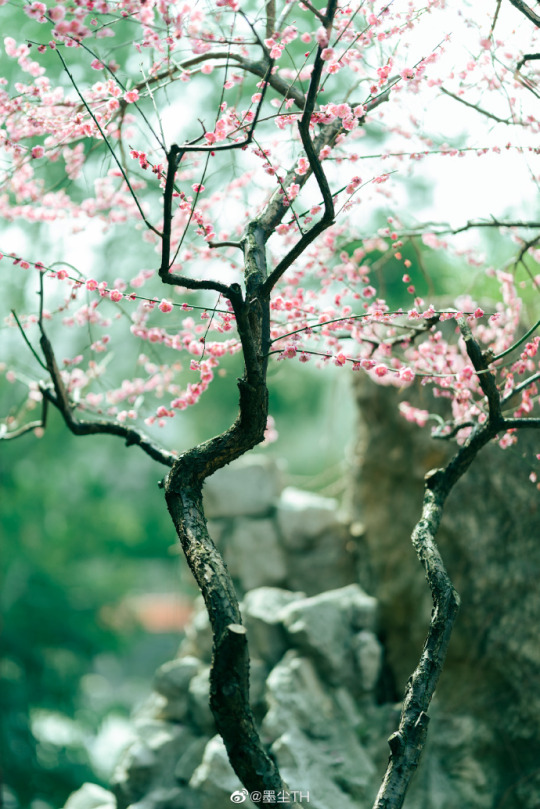
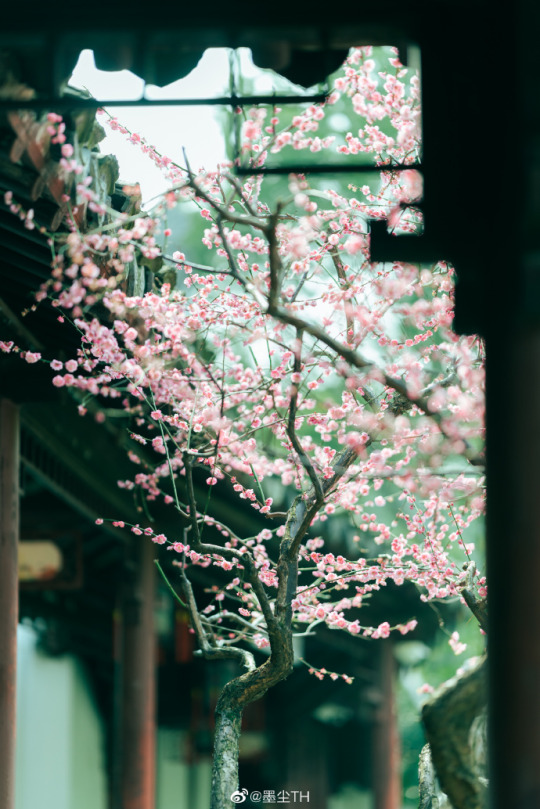

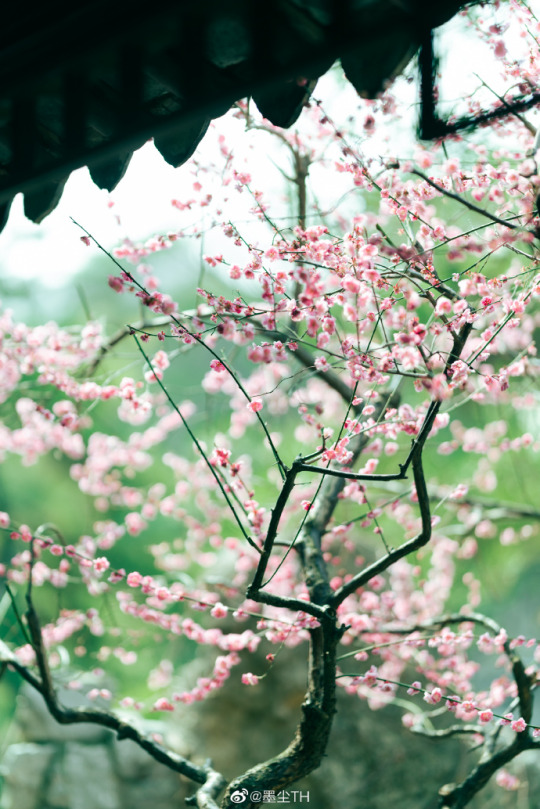
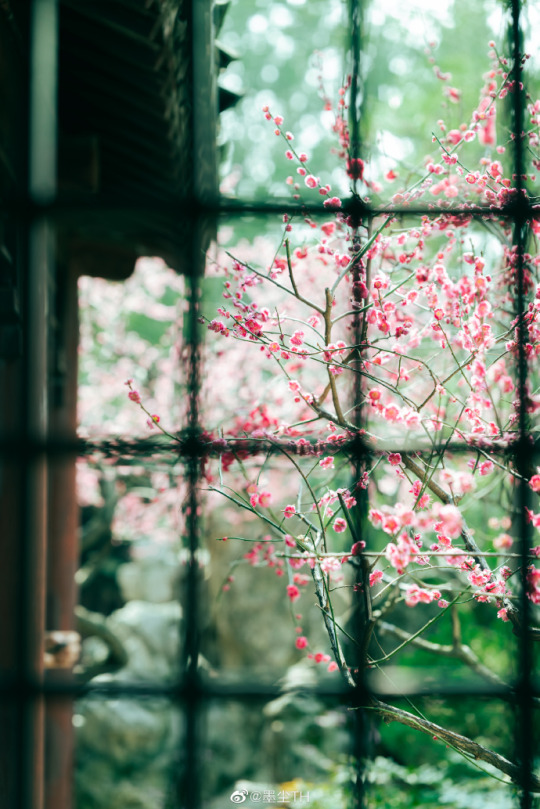
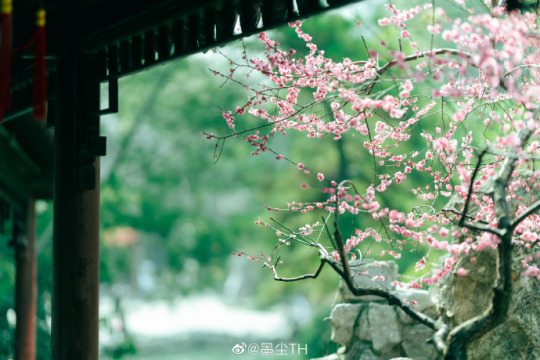


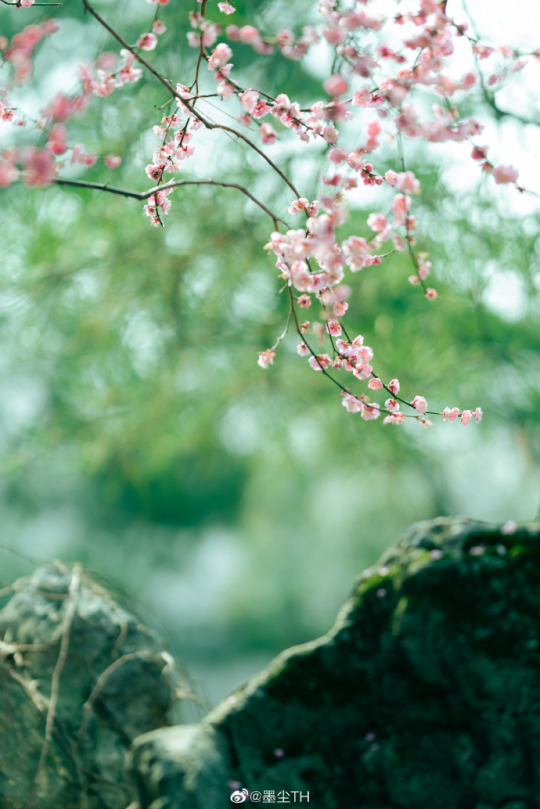
meihua blossoms in 瞻园zhanyuan by 墨尘TH
#photography#architecture#gardens#trees#flowers#china#jiangsu#nanjing#zhan garden#zhanyuan#plum blossom
3K notes
·
View notes
Text
Lesbian love teaches you to love yourself. When you love another woman’s body you are loving your own body.
I reach down and grab my own hip. It’s soft and covered in stretch marks and I wonder if anyone could ever find me beautiful. I reach down and grab my lover’s hip. It’s soft and covered in stretch marks and I wonder if Aphrodite is reborn in every woman or just this one.
To learn to love another woman is to learn to love yourself.
15K notes
·
View notes
Text

Winter of 1933 by Mykola Bondarenko, 1993
#history#art#ukrainian art#soviet famine of 1930-1933#holodomor#ussr#ukraine#mykola mykhaylovych bondarenko#snow
222 notes
·
View notes
Photo

devil cat
book of hours, France 15th century
BnF, Latin 1178, fol. 40v
1K notes
·
View notes
Text

House of Soviets, Kaliningrad, January 16 2024
#photography#architecture#urban#russia#kaliningrad oblast#kaliningrad#house of soviets#snow#night#stars
28 notes
·
View notes
Text
vory is a hard, white material from the tusks (traditionally from elephants) and teeth of animals, that consists mainly of dentine, one of the physical structures of teeth and tusks. The chemical structure of the teeth and tusks of mammals is the same, regardless of the species of origin, but ivory contains structures of mineralised collagen.[1] The trade in certain teeth and tusks other than elephant is well established and widespread; therefore, "ivory" can correctly be used to describe any mammalian teeth or tusks of commercial interest which are large enough to be carved or scrimshawed.[2]
Besides natural ivory, ivory can also be produced synthetically,[3][4][5][6][7] hence (unlike natural ivory) not requiring the retrieval of the material from animals. Tagua nuts can also be carved like ivory.[8]
The trade of finished goods of ivory products has its origins in the Indus Valley. Ivory is a main product that is seen in abundance and was used for trading in Harappan civilization. Finished ivory products that were seen in Harappan sites include kohl sticks, pins, awls, hooks, toggles, combs, game pieces, dice, inlay and other personal ornaments.
Ivory has been valued since ancient times in art or manufacturing for making a range of items from ivory carvings to false teeth, piano keys, fans, and dominoes.[9] Elephant ivory is the most important source, but ivory from mammoth, walrus, hippopotamus, sperm whale, orca, narwhal and warthog are used as well.[10][11] Elk also have two ivory teeth, which are believed to be the remnants of tusks from their ancestors.[12]
The national and international trade in natural ivory of threatened species such as African and Asian elephants is illegal.[13] The word ivory ultimately derives from the ancient Egyptian âb, âbu ('elephant'), through the Latin ebor- or ebur.[14]
More for #InternationalPolarBearDay: #DYK its scientific name is Ursus maritimus - "maritime bear"!
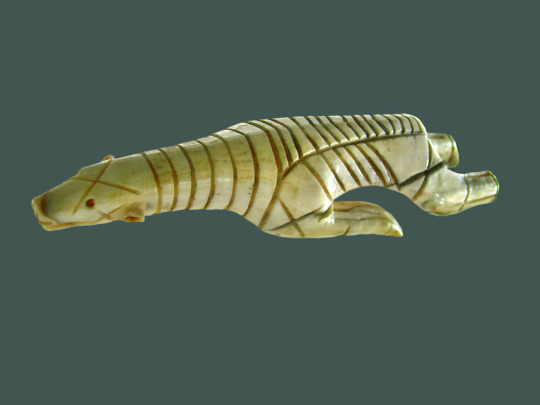
Swimming Bear walrus ivory carving, c. 500-1200 CE Middle Dorset culture, Alamek Site, Iglulik Region, Canada Dimensions: H 30.4 x L 156.0 x W 36.0mm Canadian Museum of History collection.
#history#prehistory#art history#carving#ivory carving#scrimshaw#animals#wildlife conservation#languages#linguistics#etymology#paleo-eskimo#dorset culture#indus valley civilization#elephants#african elephant#asian elephant#ivory#tusks#teeth#ancient egyptian#latin
129 notes
·
View notes
Photo










七洞桥qidongqiao, guizhou
4K notes
·
View notes
Text

Natalie Díaz, from "American Arithmetic", Postcolonial Love Poem
63K notes
·
View notes
Text
I love when you become so close with someone that you can see parts of each other in one another and you begin to say the same things and steal lines from one another and have a similar sense of humor and can exchange an inside joke with just a glance you don’t even have to talk because you have such a strong connection with them and you can sit in comfortable silence but also talk for hours it’s really hard to find that kind of compatibility
2M notes
·
View notes
Photo

Paris By Night, France
191 notes
·
View notes
Photo

Hall of Busts, The Chiaramonti Museum, Vatican
2K notes
·
View notes
Text
“It is such a fine day. But I could not stand a month of yesterdays. I’d come home in a coffin.”
— Katherine Mansfield, in a letter to John Middleton Murry (1915)
9 notes
·
View notes
Text
#fuck them kids


Gustav Vigeland (1869–1943)
Frogner Park, Oslo, July 2024
5 notes
·
View notes